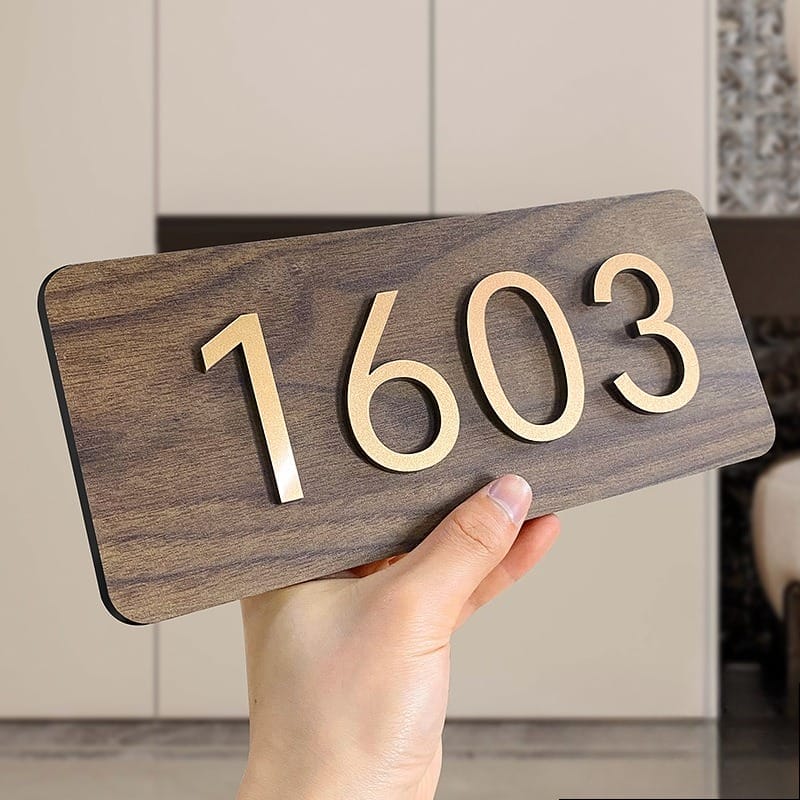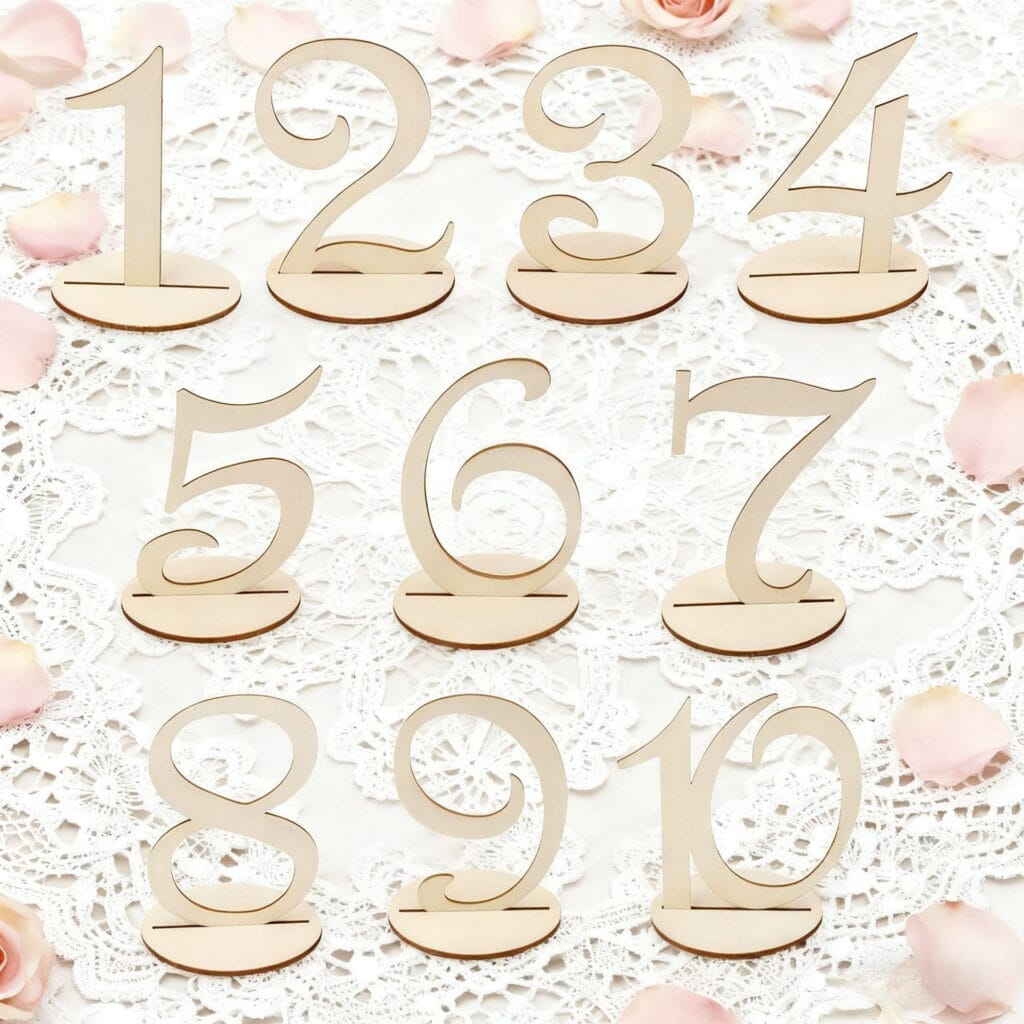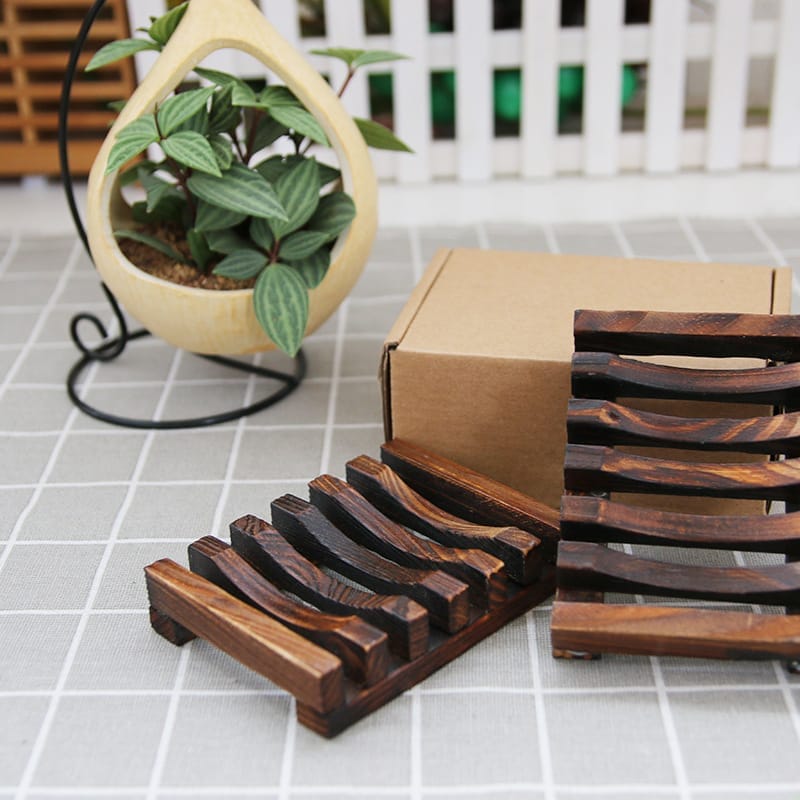You’ve likely seen countless depictions of Jesus’s cross throughout your life, but have you ever wondered about its physical composition? While the cross of Christ stands as Christianity’s most recognized symbol, the actual materials used for the cross’s construction remain a subject of historical debate. Evidence suggests several wood varieties common to first-century Jerusalem could’ve been used, including cypress, pine, and cedar. The answer to this ancient mystery lies at the intersection of historical records, archaeological findings, and cultural context.
Key Takeaways
- Archaeological evidence suggests cypress, pine, cedar, oak, olive, or acacia wood were commonly available in first-century Jerusalem for crucifixion.
- Romans typically used local timber for crucifixions, choosing strong and durable wood capable of bearing significant weight.
- Despite popular folklore about dogwood trees, there is no historical evidence supporting its use in Jesus’s cross.
- Limited archaeological remains of crucifixion artifacts make it impossible to definitively determine the exact wood type used.
- The physical composition of the cross holds less significance than its spiritual symbolism in Christian faith and doctrine.
Significance of the Cross in Christianity

The cross stands as Christianity’s most recognized and revered symbol, representing Christ’s ultimate sacrifice for humanity’s salvation. You’ll find this holy symbol prominently displayed in churches worldwide, serving as a constant reminder of Jesus’s crucifixion and redemption of mankind’s sins.
Beyond its historical significance as an instrument of execution, the cross has transformed into a powerful emblem of faith, hope, and divine love.
It’s central to Christian worship, doctrine, and personal devotion. When you see the cross, you’re witnessing a symbol that bridges heaven and earth, marking the moment when Jesus’s death opened the path to eternal salvation for believers.
Historical Context of the Cross

You’ll find the crucifixion of Jesus stands as one of history’s most documented execution methods in first-century Roman Palestine.
The Romans had perfected crucifixion as a means of public torture and death, using it extensively from the 6th century BC until its abolition by Constantine in 337 AD.
Early Church teachings emphasized the cross’s transformation from a symbol of shame into a powerful emblem of salvation, inspiring countless artistic depictions and theological interpretations throughout Christian history.
The Crucifixion of Jesus
During the Roman Empire’s rule of Jerusalem in 33 AD, crucifixion served as a brutal method of capital punishment reserved for society’s worst offenders.
You’ll find that Roman soldiers typically constructed crosses from local timber, using whatever wood was readily available near the execution site. While legends mention dogwood as the wood used for Jesus’s cross, there’s no historical evidence supporting this claim.
The “true cross” fragments, venerated in various churches worldwide, have undergone limited scientific analysis. What’s certain is that Jesus’s crucifixion occurred on a wooden cross outside Jerusalem’s walls, following Roman execution protocols of that era.
The Role of the Cross in Early Church Teachings
Moving beyond the physical aspects of Jesus’s execution, early Christian teachings transformed the cross from an instrument of death into a powerful symbol of salvation and hope.
You’ll find that the New Scripture consistently presents the cross as central to Christian doctrine. Early church fathers emphasized its spiritual significance, making it the primary symbol of faith.
The tradition of venerating pieces of the holy cross began in the 4th century when Helena, Constantine’s mother, allegedly discovered Christ’s cross in Jerusalem.
The Catholic church further developed cross-centered theology, preserving claimed relics and incorporating the symbol into worship.
Today, you’ll see the cross remains Christianity’s most recognizable emblem of divine redemption.
Types of Wood Speculated to Have Been Used
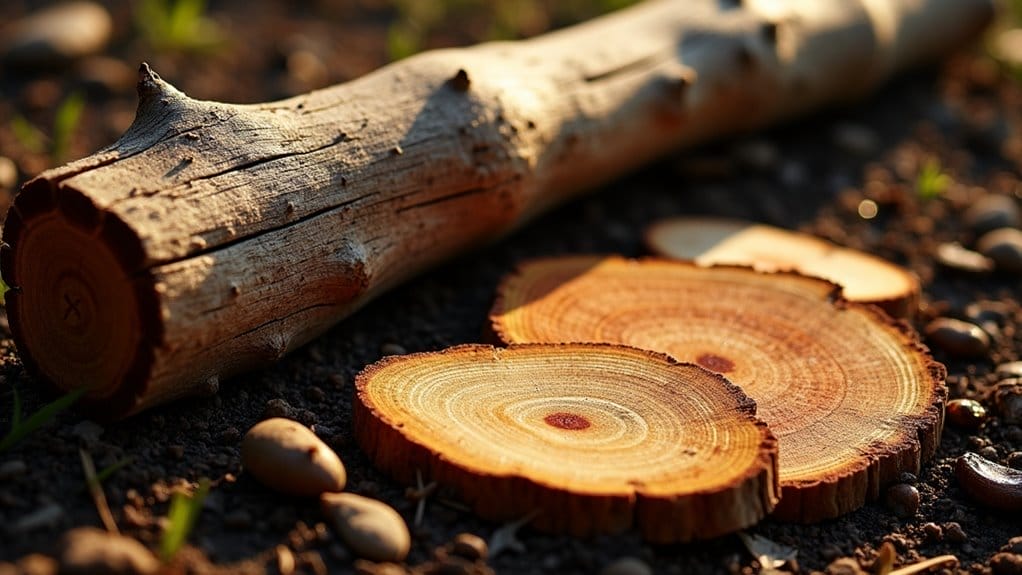
Throughout history, you’ll find various theories about the type of wood used for Jesus’s cross, with cypress, pine, and cedar among the most commonly suggested species based on what was available in first-century Jerusalem.
The legend of the dogwood tree emerged in Christian folklore, claiming that dogwoods were once tall, strong trees used for crosses until Jesus’s crucifixion, after which God transformed them into shorter trees with distinctive cross-shaped flowers.
Archaeological evidence from Roman-era crucifixions suggests other possibilities including oak, olive, and acacia wood, though definitive proof of the exact species remains elusive.
Common Theories About the Wood
What kinds of wood might’ve been used for Jesus’s cross?
Historical evidence suggests several possibilities. The wooden cross was likely constructed from locally available materials in Jerusalem. You’ll find that cypress, pine, and cedar were common building materials during that era.
While some traditions claim the cross was made from dogwood trees, there’s no historical proof supporting this theory.
Archaeological findings indicate olive wood was also prevalent in construction during Roman times. The exact wood used remains uncertain, though researchers believe the Romans would have selected strong, durable wood capable of bearing significant weight for crucifixion purposes.
The Legend of the Dogwood Tree
Among the most enduring legends about Christ’s cross, the story of the dogwood tree stands as a popular Christian folklore.
According to the legend, the dogwood was once a tall, mighty tree whose wood was used for crosses. After Jesus was crucified, God transformed the dogwood to prevent its future use as an instrument of death.
You’ll notice the dogwood now grows twisted and slender, with distinctive flower petals shaped like crosses. Each petal bears reddish marks symbolizing Christ’s blood and a crown-like center representing the crown of thorns – a reminder of Jesus’s sacrifice for humanity’s sin.
Other Possible Types of Wood
While the dogwood legend offers a poetic narrative, historians and biblical scholars have proposed several specific types of wood as candidates for Christ’s cross.
The most commonly suggested options include cedar, pine, cypress, and olive – all native to the region. You’ll find references to palm wood in some historical texts, though this type of wood wouldn’t have been practical for crucifixion due to its fibrous nature.
The exact kind of wood used remains unknown, as no piece of wood from the true cross has been scientifically verified.
While archaeological evidence of Roman crucifixion exists, it’s impossible to definitively determine the wood species used for Jesus’ cross.
Symbolism of the Cross and Its Material
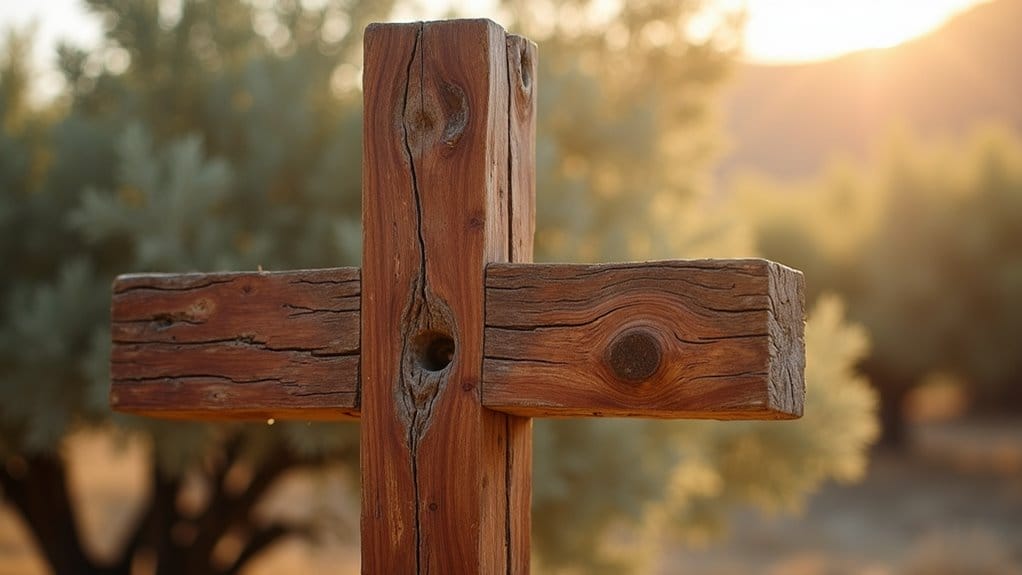
The spiritual symbolism of the cross transcends its physical material, yet you’ll find that different woods carry distinct metaphorical meanings in Christian tradition.
Cedar’s durability represents eternal life, while olive wood connects to Christ’s suffering in Gethsemane, and dogwood carries its own folkloric significance tied to the crucifixion.
The type of wood used for Christ’s cross shapes how you might interpret its symbolism, from cypress suggesting mourning and death to acacia wood representing incorruptibility and divine presence.
Spiritual Significance of Different Woods
Beyond historical speculation about the cross’s physical composition, various types of wood carry profound spiritual symbolism in Christian tradition.
Cedar represents Christ’s nobility and incorruptibility, while cypress symbolizes death and eternal life. Oak suggests strength and endurance in Christ’s passion. The dogwood’s twisted form is said to represent the cross’s transformation.
You’ll find that tradition holds Helena, Constantine’s mother, discovered the actual piece of Christ’s cross was made from pine.
Each beam and plant type associated with the cross carries meaning – from the olive’s peace to the acacia’s sacrifice – helping believers connect with Jesus’s crucifixion more deeply.
How the Type of Wood Influences Perceptions of the Cross
Material choices for Christ’s cross profoundly shape how believers interpret and relate to this central Christian symbol. While the Bible doesn’t say what kind of wood was used, different traditions have emerged over each century.
You’ll find that Catholic Church relics claim to be made of dogwood, olive, or cedar, though historical evidence remains limited.
When you consider ancient Israel’s woodworking practices, you’ll understand how the type of wood used impacts perceptions of the cross’s authenticity.
Each claimed discovery of a part of the cross carries unique significance based on its material, though verifying these claims proves challenging without conclusive archaeological evidence.
Frequently Asked Questions
How Much Did the Cross of Jesus Weigh?
You’ll find that experts estimate Jesus’s cross weighed between 165-220 pounds, though the exact weight isn’t historically documented. The crossbeam alone, which condemned prisoners carried, typically weighed about 75-125 pounds.
Did Roman Soldiers Reuse Crosses for Multiple Crucifixions?
Yes, Roman soldiers would typically reuse crosses for multiple executions to save time and resources. You’ll find historical evidence suggesting they’d only replace crossbeams when necessary, making crucifixion more efficient and economical.
What Happened to the Original Cross After Jesus’ Crucifixion?
You’ll find that historical records don’t definitively track Jesus’ cross after crucifixion. While Christian tradition claims St. Helena discovered pieces in 326-328 CE, historians can’t verify the authenticity of these alleged remnants.
How Tall Was the Cross Used to Crucify Jesus?
You’ll find that historians can’t determine the exact height of Jesus’ cross. Most scholars estimate it was between 7-9 feet tall, based on typical Roman crucifixion practices and archaeological evidence from that period.
Were Different Types of Wood Used for Different Parts of Crosses?
You’ll find that Romans typically used different woods for crosses, often combining sturdy olive or oak for the upright beam with lighter pine or cedar for the crossbeam to make transportation and assembly more practical.
Conclusion
While you’ll find various theories about the wood used for Jesus’s cross, the historical evidence doesn’t provide a definitive answer. You’re encountering claims of cypress, pine, or cedar, based on their prevalence in first-century Jerusalem, but archaeological limitations prevent absolute verification. What you can conclude is that the cross’s spiritual significance in Christianity transcends its physical composition, representing sacrifice and salvation regardless of its material makeup.






























